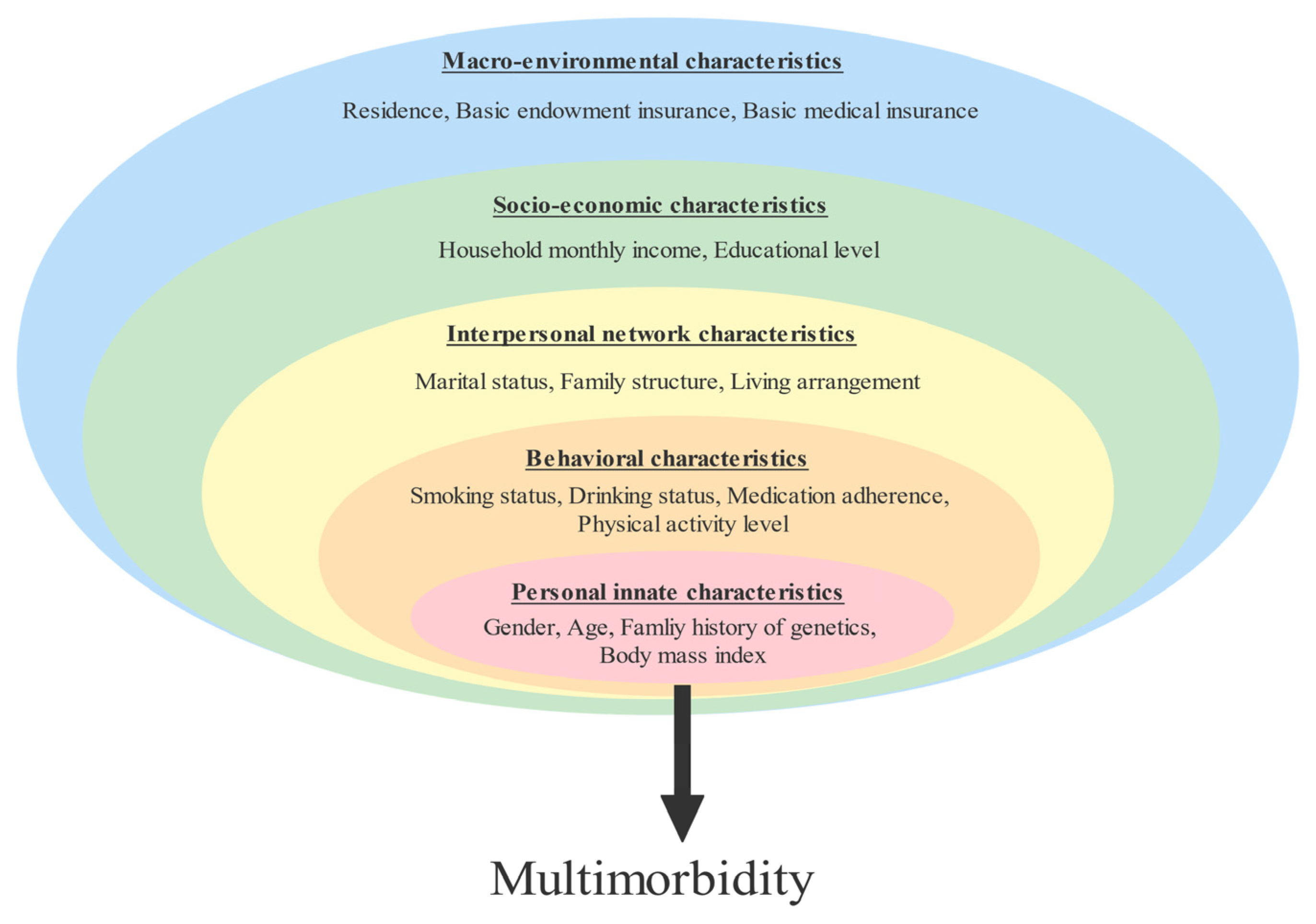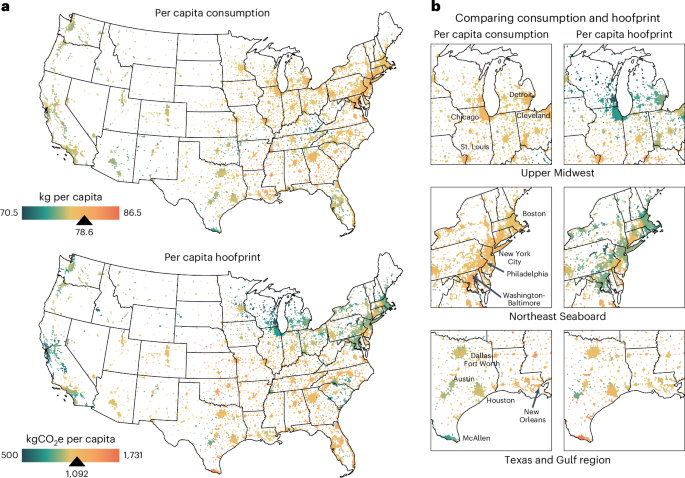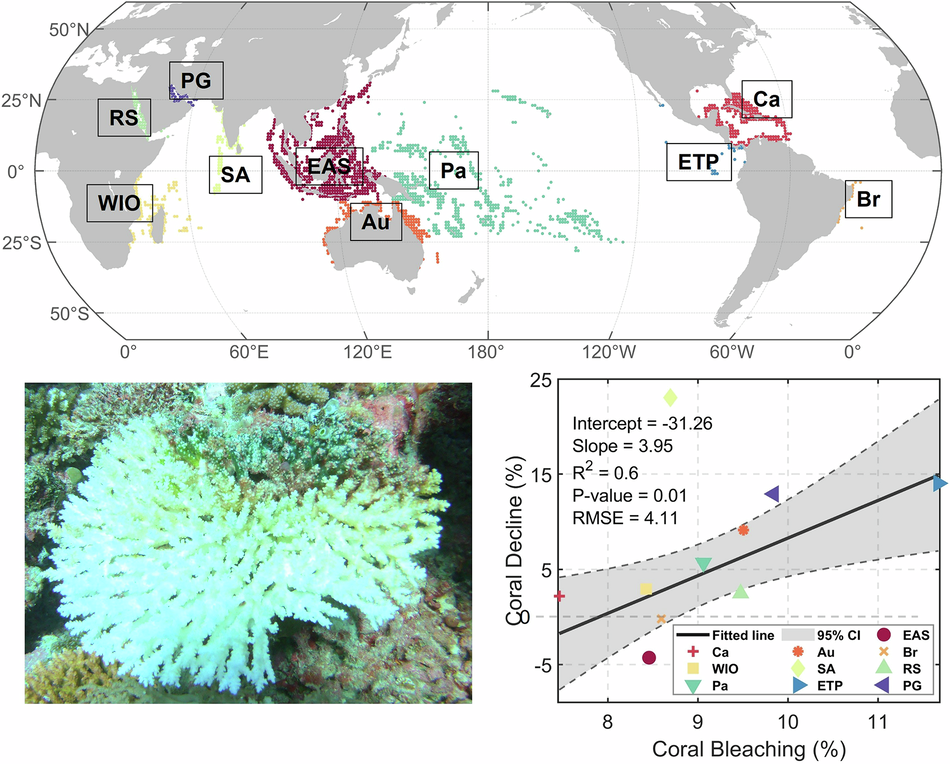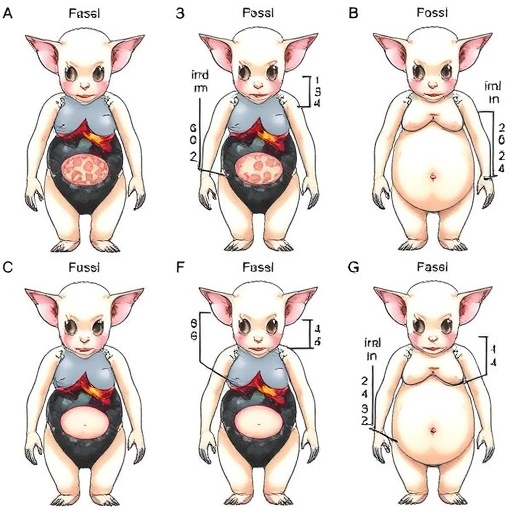Man hit with severe penalties for harmful illegal dumping: ‘Can combine to create combustible gases’ – The Cool Down

Report on Environmental Crime and its Conflict with Sustainable Development Goals
Case Study: Illegal Waste Disposal in County Antrim, Northern Ireland
A significant environmental crime case in Northern Ireland has resulted in a suspended prison sentence and a Confiscation Order exceeding £100,000 for Mr. Alan Chestnutt. An investigation initiated in 2017 by the Northern Ireland Environment Agency uncovered the large-scale illegal disposal and storage of controlled waste, including household, commercial, and industrial materials. The legal action and subsequent sentencing underscore the critical role of strong institutions in enforcing environmental law, a key component of Sustainable Development Goal 16 (Peace, Justice and Strong Institutions).
Violation of Sustainable Development Goals (SDGs) through Illegal Dumping
The act of illegal waste disposal, or “fly-tipping,” represents a direct challenge to the achievement of multiple SDGs. The global scale of this issue, with estimates suggesting 100 million tons of waste are illegally disposed of worldwide annually, necessitates urgent action.
Impact on Health, Environment, and Communities
- SDG 3 (Good Health and Well-being) & SDG 6 (Clean Water and Sanitation): Illegal dumpsites contaminate soil and water sources. This pollution poses a direct threat to human health by contaminating food supplies and drinking water, undermining public health and safety.
- SDG 11 (Sustainable Cities and Communities): The presence of illegal waste degrades community environments, making them unsafe and unhealthy. Piles of discarded materials, including chemicals, can create significant fire hazards. The financial burden of cleanup diverts public funds that could otherwise be invested in proactive community development, directly conflicting with Target 11.6 to reduce the adverse per capita environmental impact of cities, including by paying special attention to waste management.
- SDG 14 (Life Below Water) & SDG 15 (Life on Land): Contaminants from illicit waste sites leach into the ground and are carried by runoff into rivers and oceans, causing extensive damage to terrestrial and aquatic ecosystems. This pollution harms wildlife and disrupts biodiversity, directly contravening the goals of protecting life on land and below water.
Addressing Waste Management through the Lens of SDG 12
The Imperative for Responsible Consumption and Production
The root cause of illegal dumping is intrinsically linked to failures in waste management systems and unsustainable patterns of consumption. This highlights a severe gap in achieving SDG 12 (Responsible Consumption and Production), which calls for the substantial reduction of waste generation through prevention, reduction, recycling, and reuse.
Strategic Recommendations for Mitigation
To combat the pervasive issue of illegal dumping and align with global sustainability targets, the following actions are essential:
- Enhance Enforcement and Governance (SDG 16): Continue to support and strengthen environmental agencies to investigate and prosecute environmental crimes effectively, ensuring polluters are held accountable.
- Promote Circular Economy Principles (SDG 12): Implement policies that encourage waste reduction at the source, such as minimizing single-use plastics and promoting sustainable product design and consumption habits.
- Increase Public Awareness and Education: Educate communities on the environmental and health consequences of illegal dumping and provide clear guidance on proper, accessible waste disposal methods.
1. Which SDGs are addressed or connected to the issues highlighted in the article?
SDG 3: Good Health and Well-being
The article connects illegal waste dumping directly to public health risks. It states that illegal dumping “contaminates food and water sources for wildlife and humans, meaning that dumping threatens the health and safety of a community.” This highlights the goal of ensuring healthy lives by preventing illnesses caused by environmental contamination.
SDG 11: Sustainable Cities and Communities
The issue of “fly-tipping” (illegal dumping) is presented as a community problem. The article notes that it costs “a hefty sum of taxpayer money to clean up” and creates hazards like “combustible gases and fuel for fires.” This relates to the goal of making communities safe, resilient, and sustainable, particularly concerning waste management and reducing the adverse environmental impact of cities.
SDG 12: Responsible Consumption and Production
The core of the article is about improper waste management. It discusses the illegal disposal of “household, commercial, and industrial waste.” Furthermore, it suggests solutions that are central to SDG 12, such as to “reduce waste by opting for sustainable items to replace single-use plastics.” This directly addresses the need for sustainable production and consumption patterns, focusing on waste reduction and environmentally sound management.
SDG 15: Life on Land
The article emphasizes the environmental damage caused by illegal dumping, noting its impact on “soil pollution” and how it “contaminates food and water sources for wildlife” and threatens “ecosystem health.” This aligns with the goal of protecting, restoring, and promoting the sustainable use of terrestrial ecosystems.
SDG 16: Peace, Justice and Strong Institutions
The article is centered around a legal case involving an “environmental crime.” It details the investigation by the Northern Ireland Environment Agency and the subsequent legal penalties, including a “suspended prison sentence” and a “Confiscation Order” of over £100,000. This demonstrates the role of effective institutions in enforcing environmental laws and holding perpetrators accountable, which is a key aspect of SDG 16.
2. What specific targets under those SDGs can be identified based on the article’s content?
-
SDG 3: Good Health and Well-being
- Target 3.9: By 2030, substantially reduce the number of deaths and illnesses from hazardous chemicals and air, water and soil pollution and contamination.
The article supports this by highlighting how illegal dumping leads to contaminated food and water sources, which directly cause health issues.
- Target 3.9: By 2030, substantially reduce the number of deaths and illnesses from hazardous chemicals and air, water and soil pollution and contamination.
-
SDG 11: Sustainable Cities and Communities
- Target 11.6: By 2030, reduce the adverse per capita environmental impact of cities, including by paying special attention to air quality and municipal and other waste management.
The article’s focus on the illegal dumping of “household, commercial, and industrial waste” and its associated pollution directly relates to this target’s emphasis on proper waste management.
- Target 11.6: By 2030, reduce the adverse per capita environmental impact of cities, including by paying special attention to air quality and municipal and other waste management.
-
SDG 12: Responsible Consumption and Production
- Target 12.4: By 2020, achieve the environmentally sound management of chemicals and all wastes throughout their life cycle… and significantly reduce their release to air, water and soil in order to minimize their adverse impacts on human health and the environment.
The case of illegal dumping is a direct failure to achieve this target. The article discusses the disposal of “controlled waste” and its release into the environment. - Target 12.5: By 2030, substantially reduce waste generation through prevention, reduction, recycling and reuse.
This is supported by the article’s proposed solution: “reduce waste by opting for sustainable items.”
- Target 12.4: By 2020, achieve the environmentally sound management of chemicals and all wastes throughout their life cycle… and significantly reduce their release to air, water and soil in order to minimize their adverse impacts on human health and the environment.
-
SDG 15: Life on Land
- Target 15.1: By 2020, ensure the conservation, restoration and sustainable use of terrestrial and inland freshwater ecosystems and their services.
The article implies this target by describing how illegal dumping causes “soil pollution” and threatens “ecosystem health,” indicating a degradation of terrestrial ecosystems that needs to be reversed.
- Target 15.1: By 2020, ensure the conservation, restoration and sustainable use of terrestrial and inland freshwater ecosystems and their services.
-
SDG 16: Peace, Justice and Strong Institutions
- Target 16.3: Promote the rule of law at the national and international levels and ensure equal access to justice for all.
The article provides a concrete example of this target in action through the prosecution of Alan Chestnutt under the “Waste and Contaminated Land Order 1997,” demonstrating the enforcement of environmental laws.
- Target 16.3: Promote the rule of law at the national and international levels and ensure equal access to justice for all.
3. Are there any indicators mentioned or implied in the article that can be used to measure progress towards the identified targets?
Yes, the article mentions and implies several indicators:
- Amount of improperly disposed waste: The article provides specific figures that can be used as indicators for targets 11.6 and 12.4. It states, “in the U.S., 1.5 million tons of trash are illegally disposed of each year. Further, a whopping 100 million tons of trash are disposed of around the world each year.” Tracking these numbers would measure the scale of the problem.
- Incidence of environmental pollution: The article mentions that illegal dumping creates “a slew of issues for water, air, and soil pollution.” The frequency and severity of such pollution events resulting from illegal dumping can serve as a qualitative and quantitative indicator for targets 3.9 and 12.4.
- Number of legal actions for environmental crimes: The entire article is based on a specific legal case. The prosecution and sentencing of individuals for “waste offences” is a direct indicator of institutional response. The details—”sentenced for three offenses,” a “suspended prison sentence,” and a “Confiscation Order”—serve as a measure of the enforcement of environmental laws (Target 16.3).
- Types of waste illegally dumped: The article specifies the waste included “household, commercial, and industrial waste.” An analysis of the composition of illegally dumped waste is an indicator that helps in understanding the sources of the problem and targeting policies effectively (related to Target 11.6 and 12.4).
4. Table of SDGs, Targets, and Indicators
| SDGs | Targets | Indicators Identified in the Article |
|---|---|---|
| SDG 3: Good Health and Well-being | 3.9: Substantially reduce deaths and illnesses from hazardous chemicals and pollution. | Incidents of food and water source contamination due to illegal dumping. |
| SDG 11: Sustainable Cities and Communities | 11.6: Reduce the adverse per capita environmental impact of cities, including waste management. | Volume of illegally dumped waste (“1.5 million tons” in the U.S., “100 million tons” globally); Types of waste dumped (“household, commercial, and industrial”). |
| SDG 12: Responsible Consumption and Production | 12.4: Achieve environmentally sound management of all wastes. 12.5: Substantially reduce waste generation. |
Volume of illegally disposed waste; Incidents of release of waste to air, water, and soil; Adoption of waste reduction practices (implied by the suggestion to “reduce waste”). |
| SDG 15: Life on Land | 15.1: Ensure the conservation and sustainable use of terrestrial and inland freshwater ecosystems. | Incidents of soil pollution and threats to ecosystem health from illegal dumping. |
| SDG 16: Peace, Justice and Strong Institutions | 16.3: Promote the rule of law and ensure equal access to justice. | Number of prosecutions for environmental crimes; Specific penalties applied (“suspended prison sentence,” “Confiscation Order”). |
Source: thecooldown.com

What is Your Reaction?
 Like
0
Like
0
 Dislike
0
Dislike
0
 Love
0
Love
0
 Funny
0
Funny
0
 Angry
0
Angry
0
 Sad
0
Sad
0
 Wow
0
Wow
0

















































































